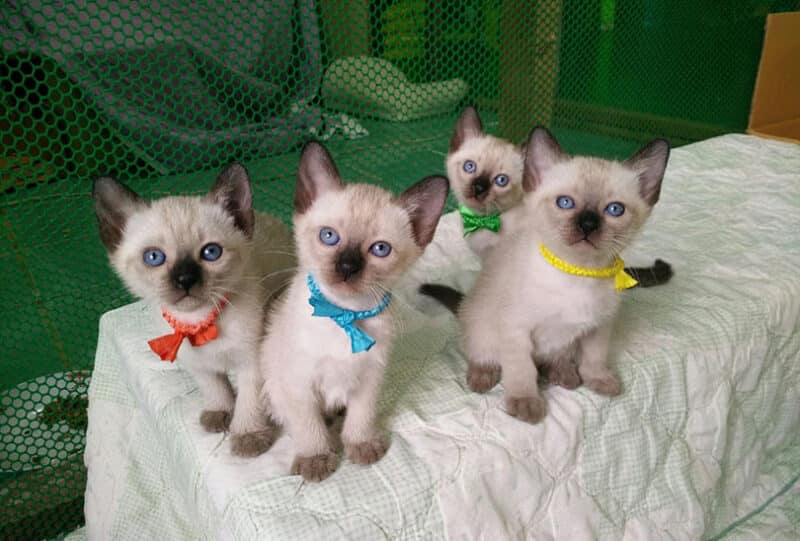Catster advocates for adopting before shopping, though we fully understand there are many reasons for seeking a breeder. So, we encourage it to be done the right way. We have not personally visited or investigated all of the breeders below. We have put the top-recommended all in one place for you to get in touch and make the best decision for you. Learn more about our stance and how to choose the right breeder here.
Siamese cats have become one of the most popular breeds because of their intelligence and beauty. Because they are so popular, it’s next to impossible to find one of these kittens at regular shelters. Instead, you will need to find a breeder or rescue that specializes in Siamese cats.
It’s important to select breeders that are responsible and ethical in their breeding process. That way, no cats are tortured and the kitten you get is healthy and well acclimated to humans.
Use this guide to help you find Siamese kittens for sale in the United States this year. All the breeders recommended have been thoroughly researched and approved by other organizations to ensure ethical breeding.
Siamese Kitten Breeders in US
Because Siamese cats are some of the most popular felines, it’s not too difficult to find breeders near you. In fact, there are tons of Siamese cat rescues around the nation if you are interested in rescuing a previously owned Siamese cat.
We recommend rescuing a Siamese cat over purchasing one to give already existing cats a new opportunity of home. If you are sold on a brand-new kitten, there are plenty of reputable breeders you can reach out to as well.
Scroll down to find Siamese kitten breeders near you, breeders that ship, rescue services, and breeders registered with the National Siamese Cat Club.
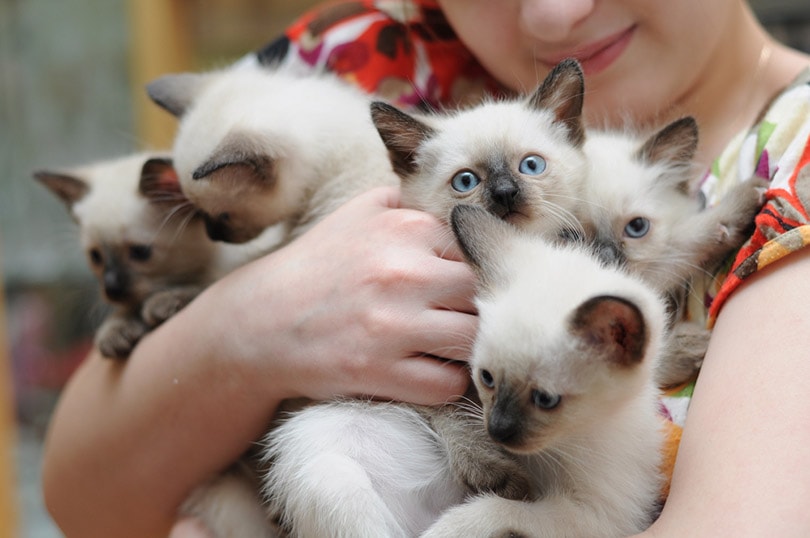
Siamese Kitten Breeders Near Me
Use Pets4You to find Siamese kitten breeders near you. You can find breeders all over the United States and even Canada with this site.
Siamese Kitten Breeders That Ship
Elena Siamese Kittens works with local Siamese breeders to connect people around the nation with healthy, cute, and adorable kittens. They offer cat shipping for convenience.
Siamese Kitten Rescues
| Rescue | Location | Contact Info |
| Siamese Breed Rescue Contact | Daytona Beach area | gemsofchromatics@yahoo.com |
| Southern California Siamese Rescue | El Cajon, CA | cssrc@siameserescue.org |
Siamese Kitten Breeders Registered with National Siamese Cat Club
Maha’s Siamese breeds and shows Seal Point, Chocolate Point, Lilac Point, and Blue Point Siamese cats. They are located in Connecticut.
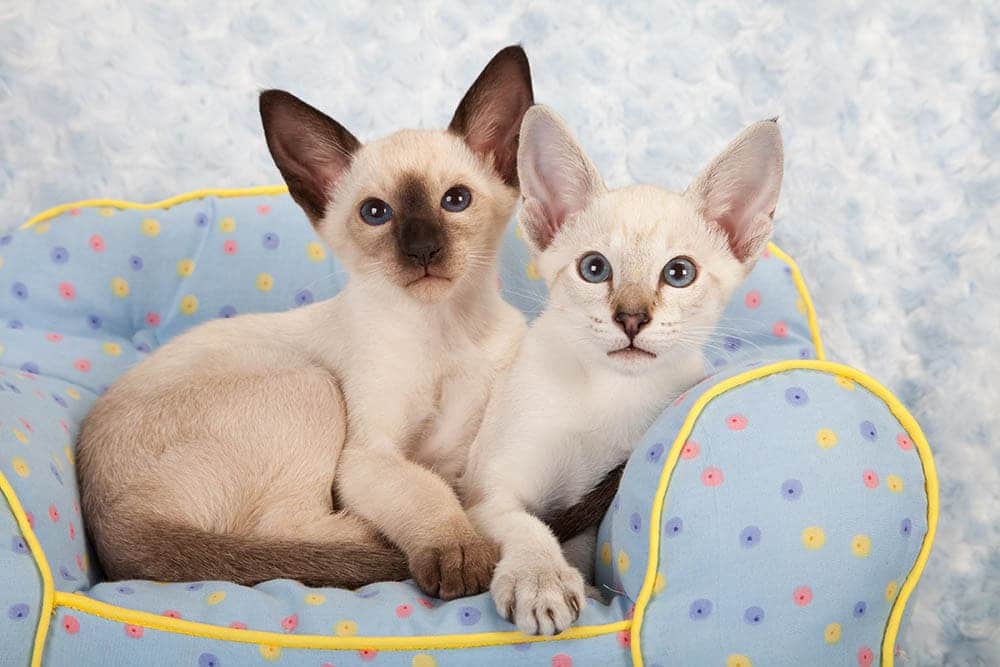
How Much Does a Siamese Kitten Cost?
A Siamese kitten can cost anywhere from $200 to $1,000. Adult purebreds will often cost more than $1,000 if they are specifically bred for show purposes.
Several factors will impact the cost of your Siamese kitten, such as its coat color, purebred status, and age. This fact explains the wide range for Siamese kitten cost. Individual breeders will also affect the price. Purchasing your Siamese kitten from a rescue center will be more affordable than contacting a breeder.
In addition to the cat itself, remember that you will need to buy day one essentials, such as cat food, medicine, a collar, and more. Although the breeder or rescue may provide some of these items, you will likely need to buy things on your own too.
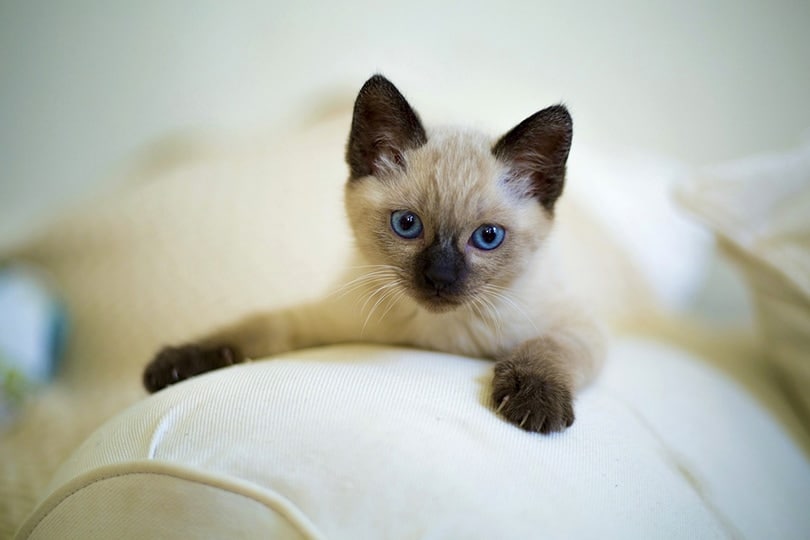
Things to Ask a Siamese Kitten Breeder
Before purchasing a cat from a breeder, you need to conduct an interview to make sure that the breeder knows what they’re doing and is acting responsibly with their cats.
- Why did you pick Siamese cats? Most reputable breeders typically love the cats and list their love of the breed as the main reason they breed them. Select a different breeder if the one in question isn’t passionate about Siamese cats or is unsure why they breed them.
- Can I visit the breeding facility? Although most breeders will require you to arrange an appointment, most will be happy to accommodate this request. If the cats have goop around their eyes, look unhealthy, or are unfriendly, go to a different breeder. It is normal for breeders to ask to wait to view kittens before they have been vaccinated or are of a certain age.
- Can I meet the parents? You should be able to meet the mother at the least, but some breeders will have access to both parents.
- Which registries are your cats registered under? Most breeders will register their Siamese cats with national associations, especially if they are purebred and bred for show purposes.
- How do you raise your kittens? Only purchase Siamese kittens that has been raised inside to ensure it is healthy and socialized with people.
- Do you show your Siamese cats? Even if you do not plan to show your cat, this is a great question to ask. Breeders that show their own cats are highly likely to breed responsibly. That being said, just because an owner does not show their cats does not mean they are not bred well. Most breeders do show their cats, though.

The 4 Things to Know Before Buying a Siamese Kitten
Before purchasing a Siamese kitten, there are some things you need to know about the breed. Understanding the breed before purchase can help you determine if a Siamese kitten is right for you.
1. They are energetic
Siamese cats are very energetic and require a lot of physical and mental stimulation. If you do not have the resources to provide an environment to keep your Siamese cat entertained, you should go with a lazier breed.
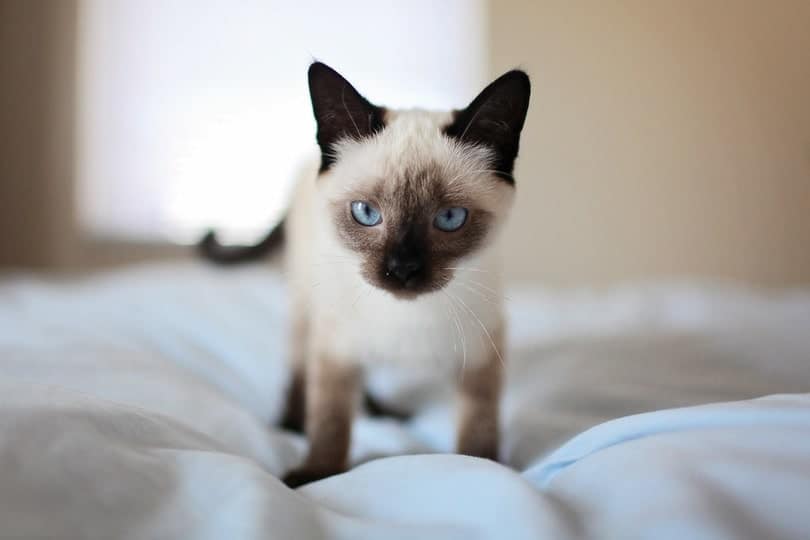
2. They are affectionate
In many ways, Siamese cats are like dogs. One specific way is that they are highly affectionate and need attention. Unlike other cats, Siamese cats need to be around people and socialize. Do not buy Siamese kittens if you intend to travel a lot or leave the cat at home by itself frequently.
3. They can be tough to train
Because of how intelligent Siamese cats are, they are more difficult to train than other cats. They are so intelligent that they often ignore any unpleasant experiences you use as a deterrent, such as a water bottle.
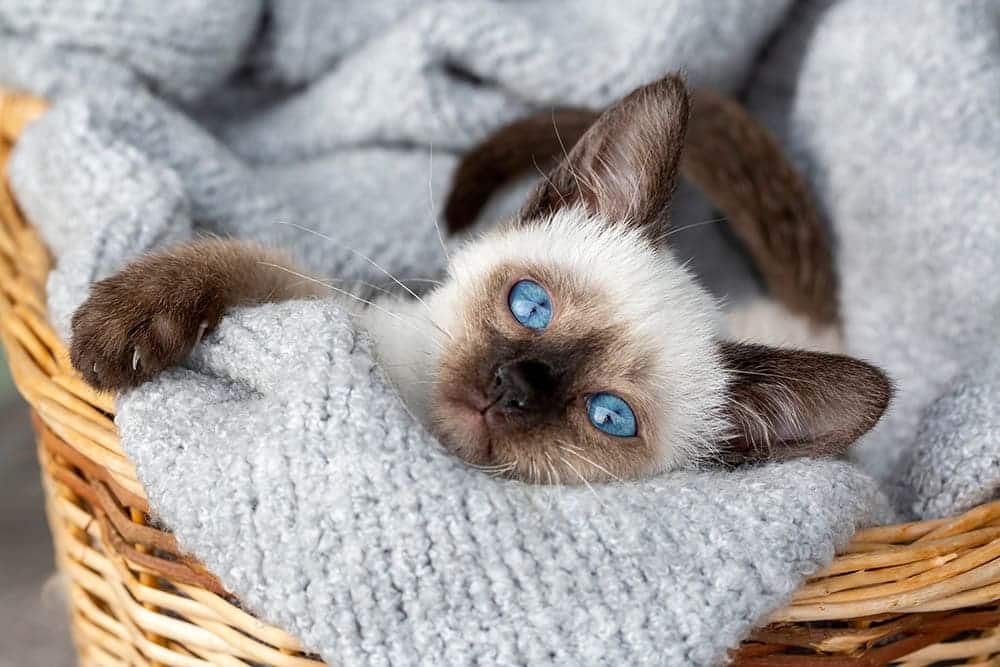
4. They are vocal
Siamese cats get very loud and often chirp, purr, yowl, and howl. Especially if they’re not given attention or something they want, they can howl for hours. If you do not want a noisy cat, go with nearly any other breed.
Since you're hard at work researching which breed to welcome into your life, it's probably a good time to introduce a few kitten essentials that will help seamlessly transition your furbaby into their new home. Ensuring you provide them with the proper care, comfort, and enrichment will help your kitten thrive and grow into a well-established and healthy feline! Check out our top recommendations in our New Kitten Checklist linked below!New Kitten Preparations
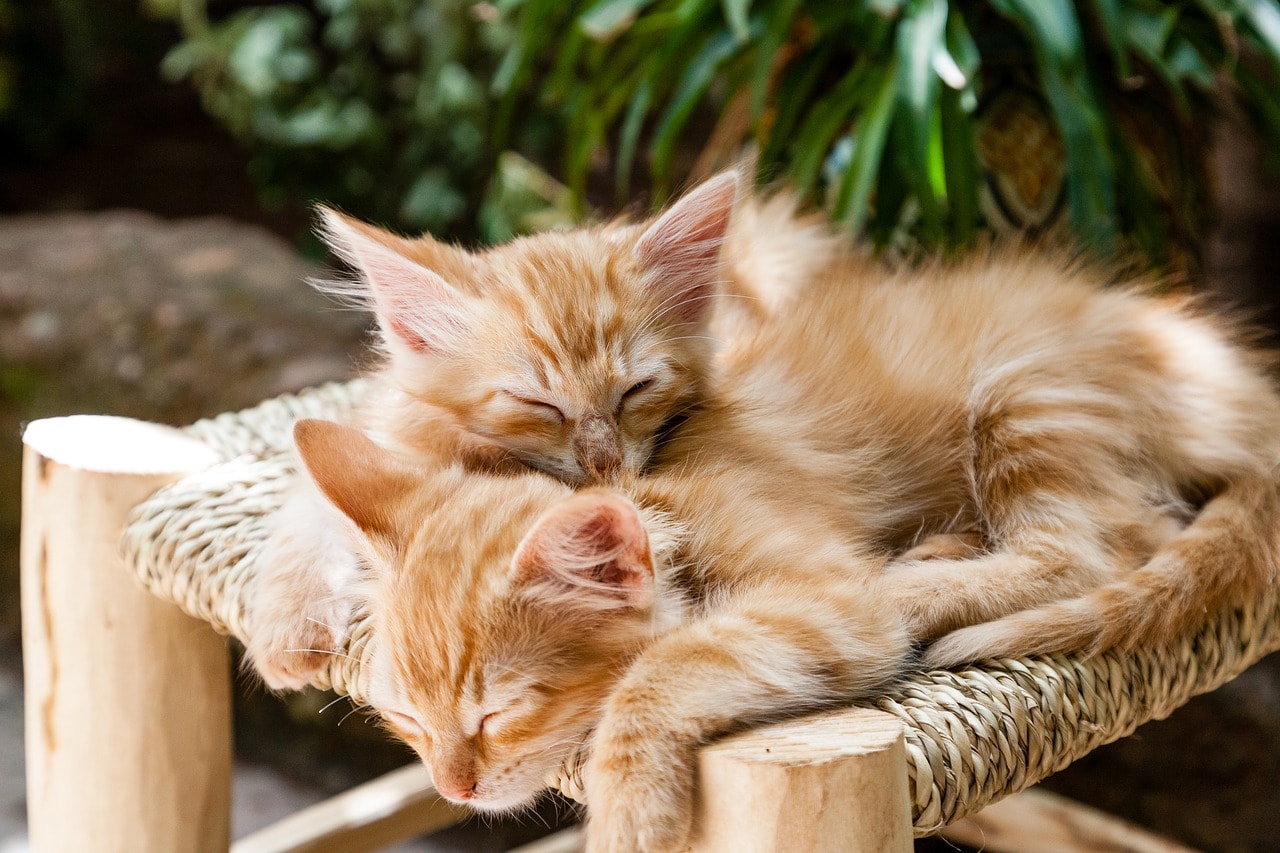
Conclusion
Siamese cats are a great breed because of their intelligence and beauty, but they are also a serious commitment that needs to be considered carefully. If you are sold on this gorgeous cat, contact one of the breeders mentioned above. These breeders are reputable and can help you get a healthy and socialized Siamese kitten in no time.
Related Reads:
- Siamese Kittens For Sale in New York: Breeders List
- Why Do Mother Cats (Sometimes) Eat Their Kittens?
Featured Image Credit: Atiput Wongyim, Shutterstock
Contents
- Siamese Kitten Breeders in US
- Siamese Kitten Breeders Near Me
- Siamese Kitten Breeders That Ship
- Siamese Kitten Rescues
- Siamese Kitten Breeders Registered with National Siamese Cat Club
- How Much Does a Siamese Kitten Cost?
- Things to Ask a Siamese Kitten Breeder
- The 4 Things to Know Before Buying a Siamese Kitten
- Conclusion

